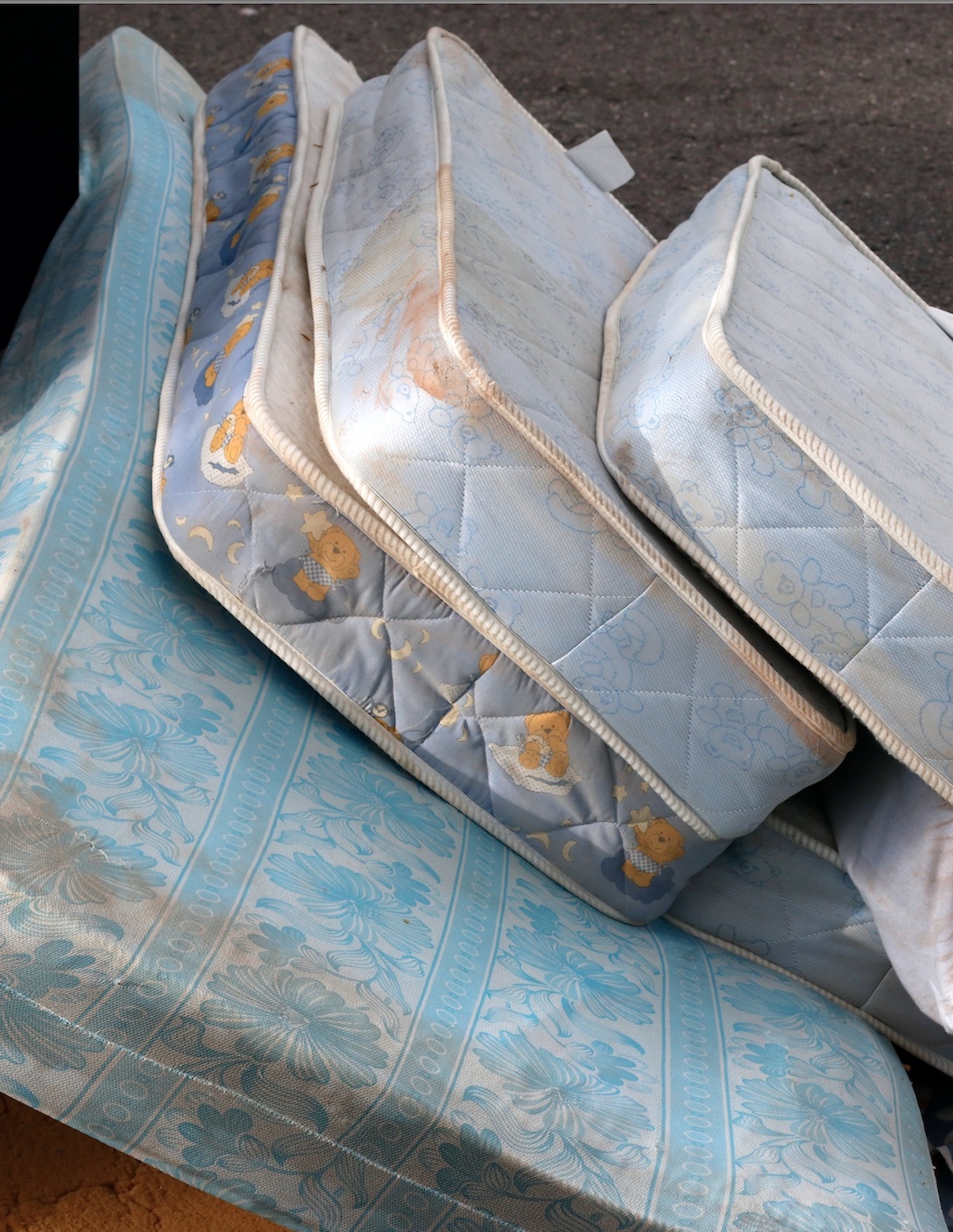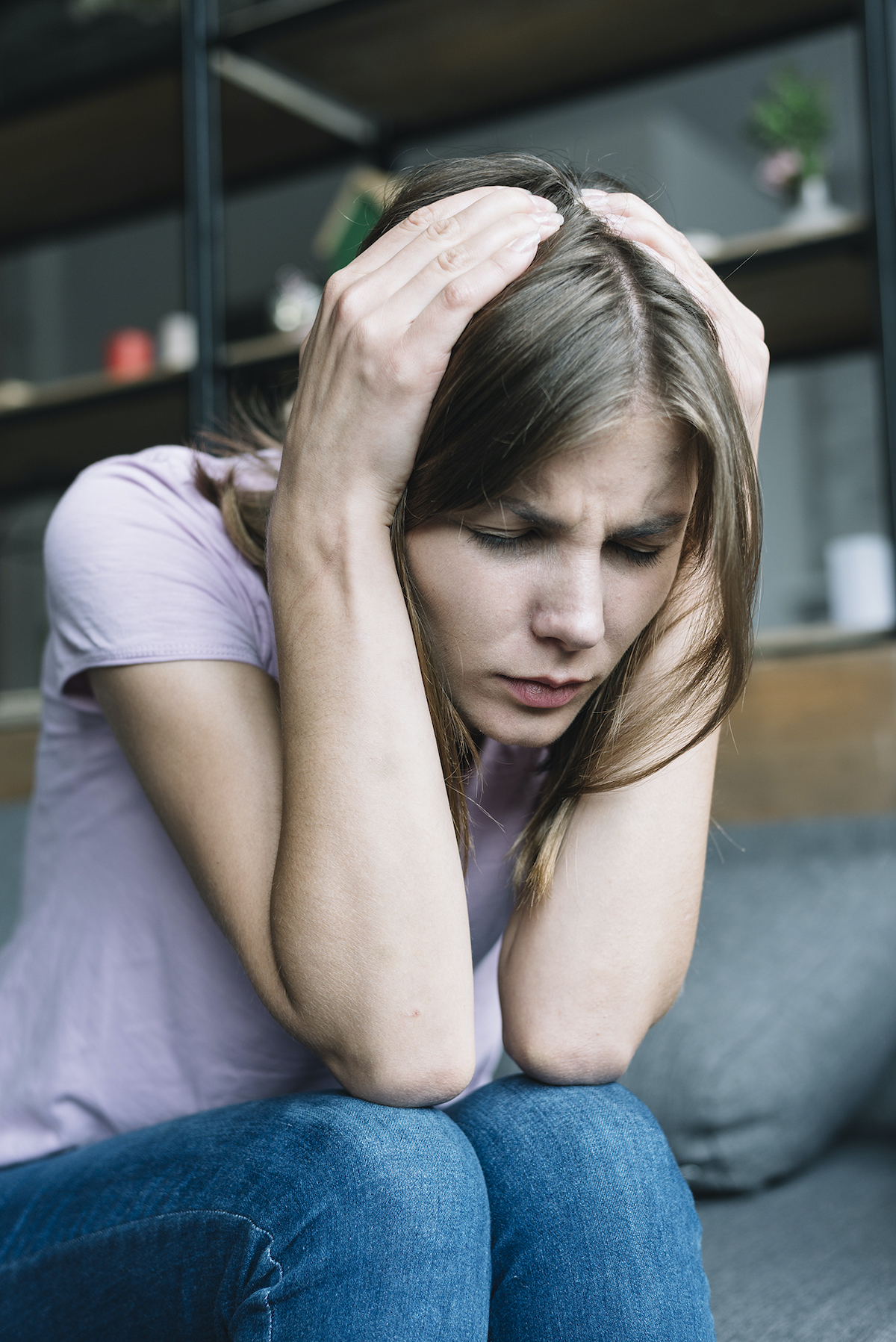
According to the Better Sleep Council, a mattress will generally need replacing after 7 years.People may find that the best indication of a mattress wearing out is how it looks and feels to sleep on. The durability of a mattress can also depend on the usage and the type and quality of its materials.
For example, metal coils in hybrid and innerspring mattresses may loosen over time and provide less support. A higher amount of coils in relation to the surface area of the mattress creates a stronger and more durable mattress.
Also, natural latex has higher durability than petroleum-based foams and is very resistant to dust mites and mold.
Some signs that a mattress may be wearing out and needs replacing can include:
• sagging and dips
• lumps and bumps
• visible wear and tear
• uncomfortable to sleep on
• stains, smells, or dirt that will not go away
• presence of bed bugs
Mattresses can affect quality of sleep and spinal position. In fact, research suggests that around 7% of sleep problems are due to uncomfortable mattresses. An old or uncomfortable mattress may cause aches and pains. Some health reasons to replace a mattress include:
• waking up stiff or with aches and pains
• numbness
• waking up tired
A mattress cover can help protect against dust and dirt. However, a mattress may also need replacing if it poses health risks with allergens such as dust mites, which cancause allergic rhinitis.
If a mattress has any signs of a bed bug infestation, it may be possible to eliminate the bed bugs without disposing of the mattress. If a person does choose to replace the mattress, however, they will need to completely eliminate the bed bugs in the room or building first.
People may also need to consider replacing a mattress if a change in weight, sleeping styles, or usage—such as starting to share the mattress with another person—creates a change in how supportive it is.
If a person sleeps on a different mattress than usual and their sleep quality improves, it may indicate the need for a new mattress. Adding a mattress topper or pad may add extra comfort or support to a mattress. This is sometimes a more affordable option.
Some other steps a person can take to prolong the life of a mattress include the following:
• Vacuum the mattress regularly to keep it clean.
• Avoid using harsh chemical cleaners.
• To remove a damp spot, apply a small amount of baking soda and then vacuum it.
• To remove a stain, lightly dab it with mild soap and cold water, but avoid soaking it.
• Use the correct base for a mattress, which people can check with the mattress company.
• Flip the mattress every month or so, unless the mattress is not suitable for this, or turn it around 180 degrees to avoid always sleeping in the same spot.
• Avoid jumping on the mattress or putting very heavy objects on it.
• Keep pets off the mattress to help keep it clean.
People can also replace their pillows every year to help support the spine and reduce their exposure to potential allergens.
If a person can no longer use their mattress because it negatively impacts their health or sleep quality, it will not be suitable for anybody else to sleep on.
According to the Better Sleep Council, safe options for mattress disposal include checking if a mattress company will collect an old mattress when they deliver a new one and checking for a local recycling scheme that collects larger objects.
Beaufort County, SC residents should place their old mattresses into the Class 2 Container at the following Beaufort County SC Convenience Centers: Shanklin, St. Helena, Bluffton, Hilton Head.
Sources: https://www.medicalnewstoday.com/articles/how-long-does-a-mattress-last#summary; https://bettersleep.org/mattress-education/mattress-disposal/; https://www.ewg.org/healthyhomeguide/mattresses/;











